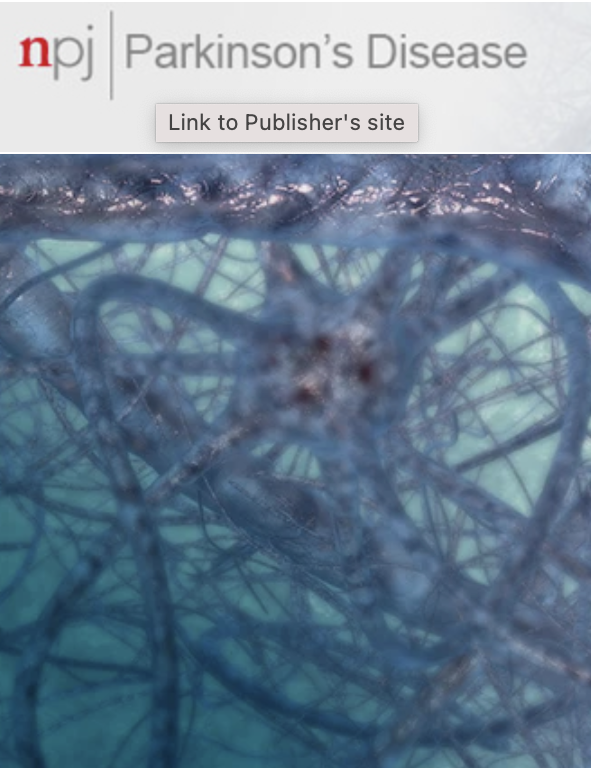帕金森病中外周和中枢犬尿氨酸通路失调的性别差异
IF 6.7
1区 医学
Q1 NEUROSCIENCES
引用次数: 0
摘要
我们先前证明犬尿氨酸途径(KP)失调与帕金森病(PD)及其症状相关。在这里,我们在第二个独立队列中分析了16个kp相关标记;血浆:n = 202(116例PD(“关闭”),86例对照);CSF: n = 183(108,75)。与先前的研究结果一致,我们检测到PD患者血浆中神经毒性3-羟基犬尿氨酸浓度较高,神经保护性犬尿酸浓度较低,脑脊液中神经毒性喹啉酸/犬尿酸比值较高。此外,10个标记显示出基于性别的差异,在女性中更明显的失调。这10个标记加载到一个单一的主成分与更高的UPDRS I和II分数有关。总之,这表明PD中KP失调的综合特征与更严重的症状相关,并且在女性中更普遍。这项工作表明,外周和中央区室KP失调与帕金森病的症状严重程度有关,需要进一步的系统研究来揭示性别依赖的代谢差异。本文章由计算机程序翻译,如有差异,请以英文原文为准。
Sex differences in peripheral and central dysregulation of the kynurenine pathway in Parkinson's disease.
We previously demonstrated that kynurenine pathway (KP) dysregulation associates with Parkinson's disease (PD) and its symptoms. Here, we profiled 16 KP-related markers in a second, independent cohort; plasma: n = 202 (116 PD ("OFF"), 86 controls); CSF: n = 183 (108, 75). Consistent with previous findings, we detected significantly higher concentrations of neurotoxic 3-hydroxykynurenine in plasma and lower concentrations of neuroprotective kynurenic acid along with higher neurotoxic quinolinic acid/kynurenic acid ratios in CSF of PD patients. Additionally, 10 markers showed sex-based differences, with more pronounced dysregulation in females. These 10 markers loaded to a single principal component linked to higher UPDRS I and II scores. Together, this suggests a composite signature of KP dysregulation in PD that is associated with worse symptoms and more prevalent in women. This work shows that KP dysregulation in peripheral and central compartments is linked to symptom severity in PD and warrants further systematic studies unraveling sex-dependent metabolic differences.
求助全文
通过发布文献求助,成功后即可免费获取论文全文。
去求助
来源期刊

NPJ Parkinson's Disease
Medicine-Neurology (clinical)
CiteScore
9.80
自引率
5.70%
发文量
156
审稿时长
11 weeks
期刊介绍:
npj Parkinson's Disease is a comprehensive open access journal that covers a wide range of research areas related to Parkinson's disease. It publishes original studies in basic science, translational research, and clinical investigations. The journal is dedicated to advancing our understanding of Parkinson's disease by exploring various aspects such as anatomy, etiology, genetics, cellular and molecular physiology, neurophysiology, epidemiology, and therapeutic development. By providing free and immediate access to the scientific and Parkinson's disease community, npj Parkinson's Disease promotes collaboration and knowledge sharing among researchers and healthcare professionals.
 求助内容:
求助内容: 应助结果提醒方式:
应助结果提醒方式:


